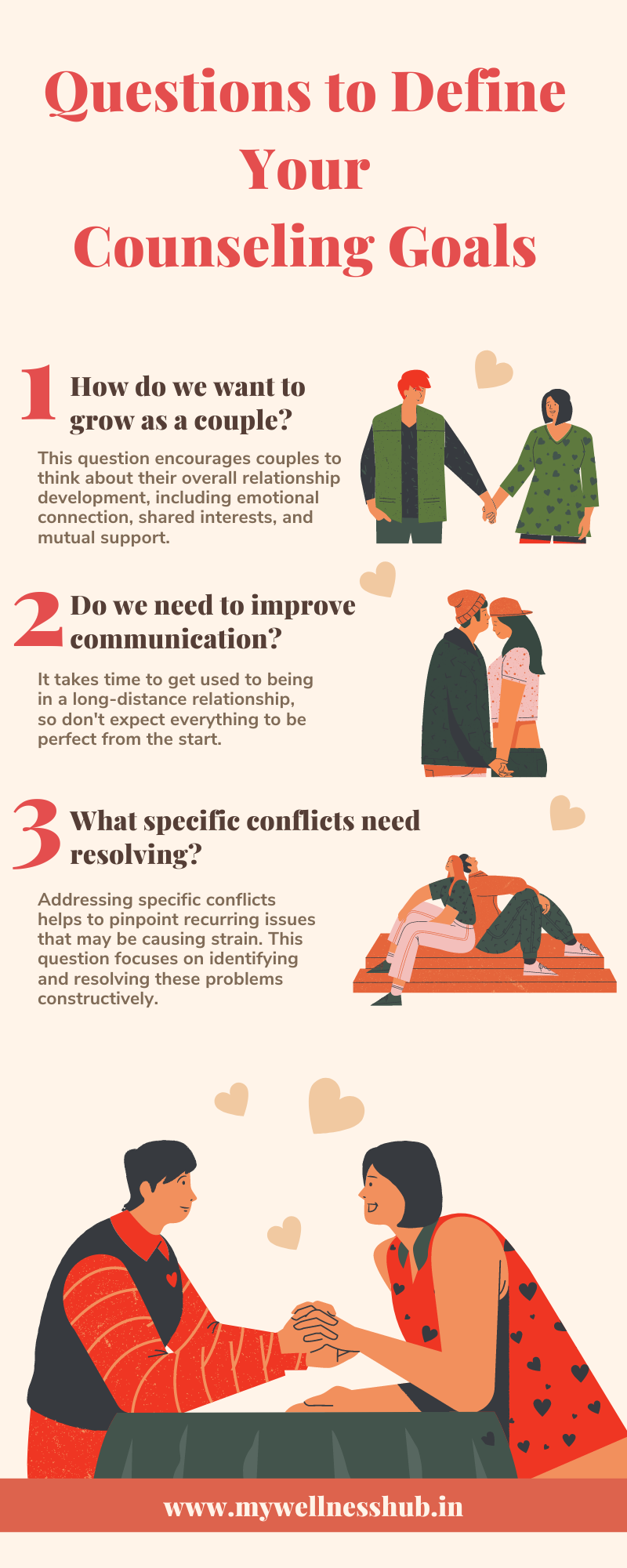Some Known Details About Aim Point Counseling
Some Known Details About Aim Point Counseling
Blog Article
Top Guidelines Of Aim Point Counseling
Table of ContentsNot known Incorrect Statements About Aim Point Counseling Some Known Facts About Aim Point Counseling.The Ultimate Guide To Aim Point CounselingAim Point Counseling - An OverviewThe Of Aim Point CounselingRumored Buzz on Aim Point Counseling
The longitudinal style includes a pre-treatment survey and 2 follow-up studies at 3- and 12-months post-intervention. The research is embeded in eight Relationships Australia Victoria centres, throughout urbane, outer suburban areas, and regional/rural sites. Relationships Australia, a non-government organisation, is the biggest provider of pair coaching and connection services in Australia.
These high rates of connection failure have been continually connected with unfavorable health consequences for both grownups and children following divorce/separation.
Unknown Facts About Aim Point Counseling
The impacts of separation and splitting up can be damaging, study shows that high partnership discord in undamaged pairs is likewise likely to have negative end results.
Study to day has actually identified both pair and specific variables that might add to partnership discord. These include connection fulfillment and dedication at the pair degree, and depression at the private level.
The smart Trick of Aim Point Counseling That Nobody is Discussing
Partnership fulfillment has actually been one of the most typical outcome variable recognized in even more than 200 examinations of pair coaching [11,12] Research studies have located substantial enhancements in partnership contentment from pre- to post-treatment [13,14] and over the training course of one to two years following coaching [15] In these studies, partnership fulfillment was most frequently analyzed utilizing the Dyadic Change Scale (DAS) [16] As a result, while many research studies show improvements in connection complete satisfaction following couple therapy, they are limited by the examples and measures utilized, mainly temporary follow-up timespan, and evaluations that do not make up the dyadic nature of pair information. Partnership dedication, based upon actions such as the Commitment Supply (CI) [19], is an additional typically explored connection result.
To summarise, research study suggests that couple-specific variables as well as private variables may anticipate the results of pair counselling and connection solutions. The causal instructions of these partnerships, however, is less clear. These monitorings are very important, given that, to warrant and lead the application of connection solutions such as couple coaching, empirical proof must discover both the results of partnership services and the elements that anticipate successful therapy.
, at the very least in some European nations.

We currently recognize little concerning the accounts of couples who seek connection education and learning compared with those that seek partnership therapy, or the outcomes of these programs. Anecdotal evidence suggests that there might be significant distress among at least some pairs seeking relationship education and learning. Connection education programs differ from couple therapy as they are generally highly structured, carried out in groups, and concentrate on a blend of four components; awareness, responses, cognitive change, and skills training [45]
Everything about Aim Point Counseling
Feedback involves participants finishing sets of questions concerning their relationship (e.g. measures of interpersonal troubles), and getting information on what their ratings show. Cognitive-behavioural methods promote changing cognitions to assist in positive partnerships. These may include promoting practical attributions/expectations around negative companion behaviour [46] Finally, in skills training, pairs go to lectures or discussions on partnership abilities, and practice these during facilitator-led activities [ 45]
These effects have actually lingered for up to 4 years in some researches [47] Nonetheless, these meta-analyses highlight restrictions in the existing literary works on partnership education. Specifically, most of research studies involved couples from upper socio-economic histories that were not experiencing high partnership discord [47,48] This sample profile may not stand for clients who typically offer for connection education and learning.
Examine This Report about Aim Point Counseling

Extremely little research study has checked out the relative benefits of pair counselling and connection education programs. As clients are likely to self-select right into these solution types, it is unclear whether particular relationship distress accounts existing to each service kind, or indeed whether there is an interaction between presenting profile, solution type and outcome.
(https://www.tripadvisor.in/Profile/a1mpoint)
Thus, we have consisted of a 12-month follow-up to gauge longer-term patterns and effects. The study utilizes a number of standardized end result actions given that some previous investigations have been criticised for their lack of standardised evaluation [50] Finally, making use of statistical evaluations that presume self-reliance of data, such as t-tests, or ANOVAs, see post has prevailed in previous researches [ 44,49]
As a result, we suggest to utilise multi-level analytical modelling procedures that regulate for the inter-dependence of couple data to evaluate any therapy impacts. The specific objectives of the ECC research are to: 1. Map profiles of customers seeking neighborhood agency-based pair therapy vs. partnership enhancement programs in regards to socio-demographic and connection indications (such as partnership contentment, relationship commitment, social troubles, and reasons for going to), as well as health (such as depression, general health and wellbeing) and health service usage (eg.
2. Figure out whether pair counselling and connection education solutions improve three- and twelve-month end results for relationship contentment, commitment, and anxiety, utilizing analytical evaluations ideal to combine data. 3. Figure out the loved one contributions of client variables (individual and couple) and therapy/education elements to results at 3- and 12-months, and to sustainability of results over time.
Aim Point Counseling Things To Know Before You Buy
Multi-level modelling to figure out pre-post differences, controlling for dyadic (couple) degree. To add to the literary works analyzing the efficiency of community-based pair therapy. The results will certainly help scientific decision-making in community-based partnership solution settings, and specialist training. 3. To establish the loved one contributions of client/couple and therapy factors to end results at 3- and 12-months, and to sustainability of results over time.
Report this page